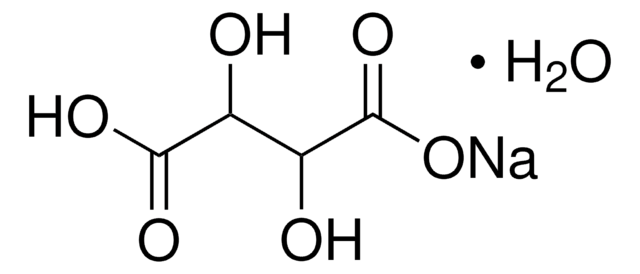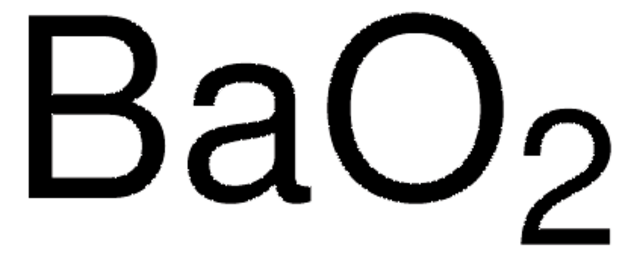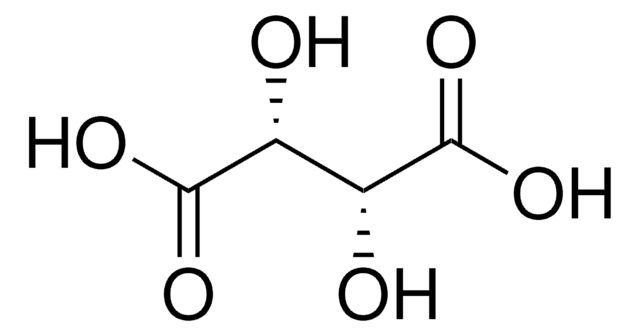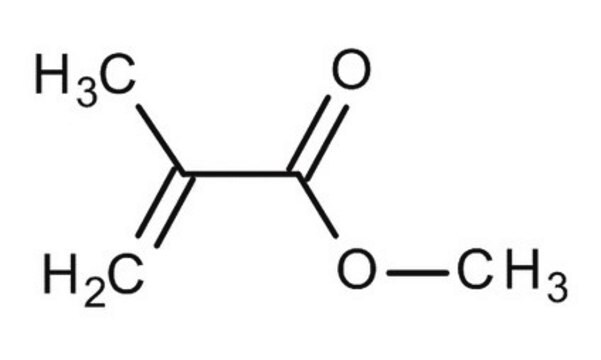Key Documents
208507
Ammonium perchlorate
99.5% trace metals basis
About This Item
Polecane produkty
Poziom jakości
Próba
99.5% trace metals basis
Postać
powder
przydatność reakcji
reagent type: oxidant
gęstość
1.95 g/mL at 25 °C (lit.)
ciąg SMILES
N.OCl(=O)(=O)=O
InChI
1S/ClHO4.H3N/c2-1(3,4)5;/h(H,2,3,4,5);1H3
Klucz InChI
HHEFNVCDPLQQTP-UHFFFAOYSA-N
Szukasz podobnych produktów? Odwiedź Przewodnik dotyczący porównywania produktów
Opis ogólny
Zastosowanie
Hasło ostrzegawcze
Danger
Zwroty wskazujące rodzaj zagrożenia
Zwroty wskazujące środki ostrożności
Klasyfikacja zagrożeń
Eye Irrit. 2 - Ox. Sol. 1 - STOT RE 2
Kod klasy składowania
5.1A - Strongly oxidizing hazardous materials
Klasa zagrożenia wodnego (WGK)
WGK 1
Temperatura zapłonu (°F)
Not applicable
Temperatura zapłonu (°C)
Not applicable
Środki ochrony indywidualnej
Eyeshields, Gloves, type P3 (EN 143) respirator cartridges
Wybierz jedną z najnowszych wersji:
Masz już ten produkt?
Dokumenty związane z niedawno zakupionymi produktami zostały zamieszczone w Bibliotece dokumentów.
Nasz zespół naukowców ma doświadczenie we wszystkich obszarach badań, w tym w naukach przyrodniczych, materiałoznawstwie, syntezie chemicznej, chromatografii, analityce i wielu innych dziedzinach.
Skontaktuj się z zespołem ds. pomocy technicznej









